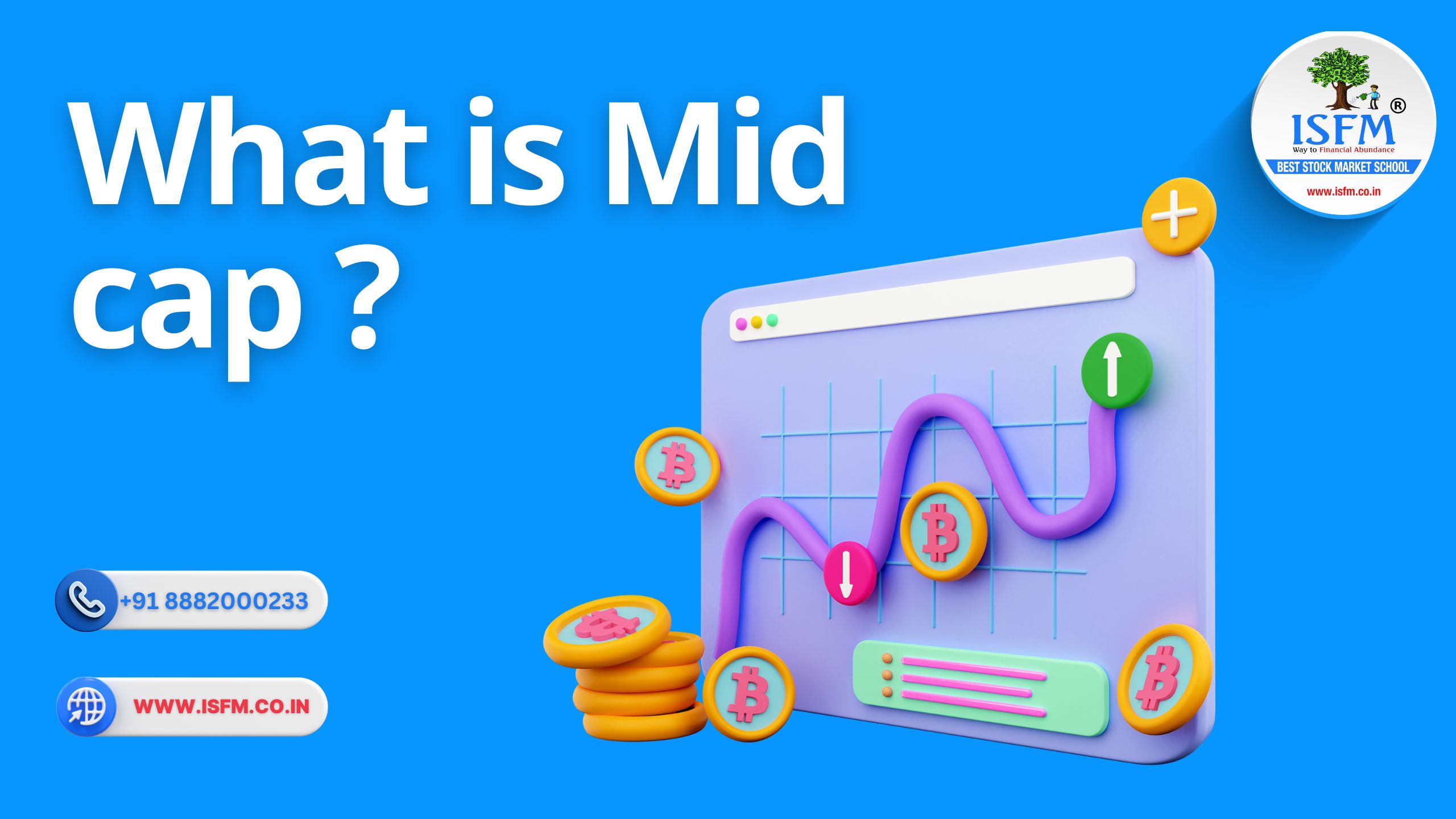What is Mid Cap Nifty: Key Features, Future Outlook, Pros & Cons

Mid Cap Nifty, officially known as the Nifty Midcap 100 Index, is a benchmark index curated by the National Stock Exchange (NSE) of India. It tracks the performance of the top 100 mid-sized companies, offering investors a snapshot of India’s vibrant mid-cap segment. Positioned between large-caps (Nifty 50) and small-caps (Nifty Smallcap 250), these companies are celebrated for their growth potential and agility. This blog dives into the nuances of Mid Cap Nifty, its features, future prospects, and the pros and cons of investing in it.
Key Features of Mid Cap Nifty
- Diverse Sector Representation: The index spans sectors like consumer goods, healthcare, technology, and industrials, ensuring balanced exposure to India’s economic drivers.
- Free-Float Market Cap Weighting: Companies are weighted based on their free-float market capitalization, prioritizing liquidity and investability.
- Liquidity Screening: Constituents must meet minimum liquidity criteria, reducing risks for investors.
- Reconstitution and Rebalancing: The index is reviewed semi-annually (June and December) to ensure it reflects current market dynamics.
- Growth-Oriented: Mid-caps often outperform large-caps during bullish phases due to scalability and innovation.
Future Prospects of Mid Cap Nifty
Mid-cap companies are poised to thrive in India’s growing economy, driven by:
- Domestic Consumption: Rising middle-class spending boosts sectors like retail, FMCG, and durables.
- Digital Transformation: Tech-focused mid-caps may capitalize on India’s digital infrastructure expansion.
- Policy Support: Government initiatives (e.g., PLI schemes, infrastructure spending) could benefit manufacturing and renewable energy firms.
- Global Opportunities: Export-oriented mid-caps in pharma and specialty chemicals may gain from shifting global supply chains.
However, risks like inflation, interest rate hikes, and global market volatility could impact performance.
Pros of Investing in Mid Cap Nifty
- High Growth Potential: Mid-caps often deliver superior returns compared to large-caps during economic expansions.
- Diversification: Reduces portfolio concentration risk by spreading investments across 100 companies.
- Early Access to Emerging Leaders: Investors can tap into future large-caps before they achieve blue-chip status.
- Liquidity Advantage: The index’s liquidity criteria ensure easier entry and exit compared to small-caps.
Cons of Investing in Mid Cap Nifty
- Volatility: Mid-caps are more sensitive to market swings than large-caps, leading to sharper price fluctuations.
- Economic Sensitivity: Vulnerable to downturns due to limited resources and dependence on domestic demand.
- Liquidity Risks: While screened, some constituents may still face trading volume challenges.
- Higher Valuation Risks: Rapid growth expectations can lead to overvaluation during market peaks.
Conclusion: Is Mid Cap Nifty Right for You?
Mid Cap Nifty suits investors with a moderate-to-high risk appetite and a long-term horizon (5+ years). It offers a strategic gateway to India’s growth story but requires patience to navigate volatility. Pairing it with large-cap and debt investments can balance risk.
For passive investors, ETFs and index funds tracking Mid Cap Nifty (e.g., Nippon India ETF Nifty Midcap 100) provide a hassle-free route. Always assess your financial goals and consult a financial advisor before diving in.


